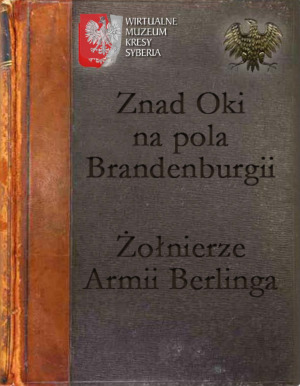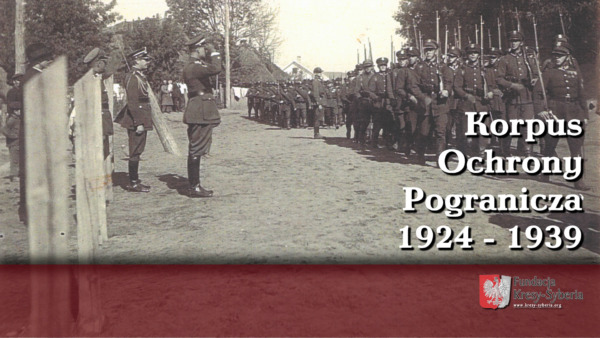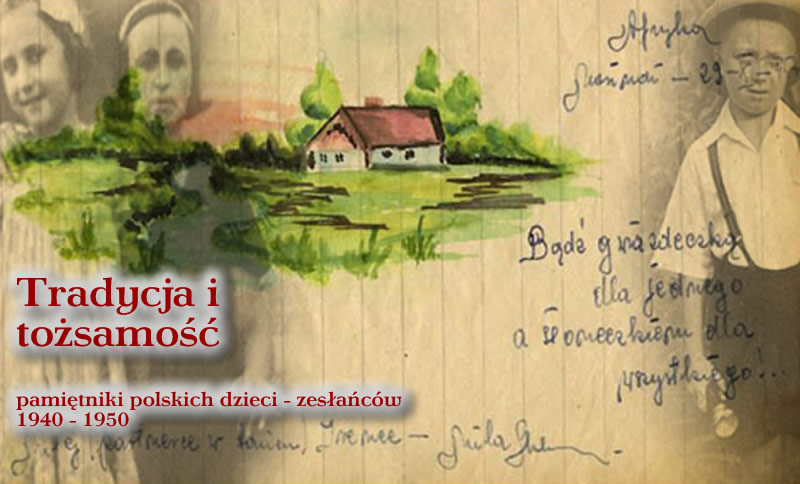Kresy-Siberia Virtual Museum Special Exhibitions
Polish Naval Memories of World War II 1939-1947
“This multi-media special exhibition explores the contribution of the elite Polish Navy to the Allied war effort during the six years of the war at sea 1939-1945 and until 1947 with the PRC in G.B. Whilst many of the details of the Polish Navy during WWII are well known (the battles, the destroyers, the submarines), the stories of the veterans are not. This exhibition tells the story of the Polish Navy in WWII through the witness testimonies, memories, photographs and stories of the brave men who served in her.”
Polish Refugees in New Zealand 1944-1951
The Second World War devastated Europe and set up great tidal movements of millions of refugee; among them were Poles who had been forcibly deported to the German Reich and Russia’s Soviet union. An uprooted and displaced generation of Poles were forced to find other countries to take them in. Three distinct waves of this movement reached New Zealand: the ‘Polish Children’, the ex-Servicemen, and the Displaced Persons.
Poland’s Holocaust
A Family Chronicle of Soviet and Nazi Terror – by Chris Gladun
This exhibition documents the horrors of Nazism, but as importantly it is a study of a chapter of history long misunderstood and even denied: Poland’s suffering under Stalinism and Communism.
Soviet Mass Deportations
In total 1 to 2 million Polish people were deported into the depths of Russia. They faced forced labour, squalid living conditions, starvation and disease. At least half died.
Eastern Borderlands (1918-1939)
The end of WW1 in 1918 saw the birth of the Second Republic of Poland, along with its multi-ethnic “Kresy” or eastern Borderlands.
Polish 2nd Corps(1943-47)
Polish 2nd Corps (2 Korpus Polski) 1943-1947 was a major unit of the Polish Armed Forces in the West, commanded by General Wladyslaw Anders.
The exhibition shows the history of the so-called Berling’s Army, the fate of its soldiers and that of their families. Materials were obtained from the Museum of the Polish Army in Warsaw, from soldiers’ families, and from Gen. Berling’s family. (Currently available only in Polish).
The exhibition presents the history of the Polish 1st Armoured Division, through texts and photos selected from a book published by the Division in 1947. Additional photos were obtained from private collections. (Currently available only in Polish).
This Electronic Book contains the story of the Polish Second Corps, as told through the lives of 16 of its members. Reviewing these 16 lives – through text, recordings, and photos – will provide a glimpse in to myriad experiences of the soldiers and support staff that made up this heroic military formation.
This film was compiled by Krystyna Tomaszyk (author of “Ashes”, Wellington, New Zealand) from the photographs of her mother, Krystyna Skwarko, Director of Polish Schools in Esfahan, Iran, where up to 2,500 Polish children evacuated from Soviet exile, lived between 1942 and 1944.
Border Protection Corps was a military formation in times of peace, founded in 1924 in the face of growing banditry and violence inspired by the Soviet secret services in border areas.
“In terms of the number of troops, Belarusians were the second (after Ukrainians) nationality in the Polish Army, taking into account the recruits coming from ethnic minorities. Their participation ranged from 4% to 10% of army manpower in the 2nd Republic.”
“In spite of the fact that we were homeless and without a country, we brought with us our Polish culture, traditions, and the values our parents taught us. It was for this reason that the ancient city of Isfahan (…) was often referred to as the city of Polish children…”
Zbigniew & Waclaw Kurzweil
The exhibition shows an original memoir written by Waclaw Kurzweil, as well as sketches and paintings by Zbigniew Kurzweil, both of whom were from Stanislawow and were deported to Siberia on 13th April 1940. They both eventually joined Gen. Anders army and ended up living the rest of their lives in England.






